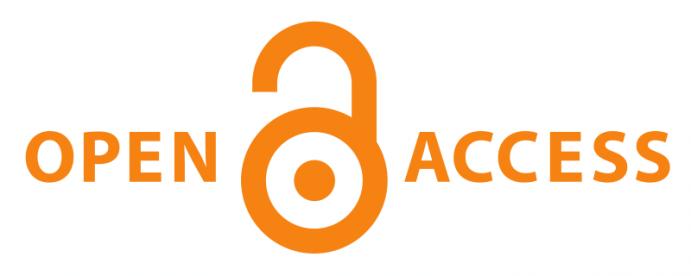Join the Petition to the White House to Expand Open Access

On Monday, supporters of Open Access launched a campaign to petition the White House for expanding the Open Access policy to include all federally-funded research.

The petition entitled:
“Require free access over the Internet to scientific journal articles
arising from taxpayer-funded research.”
States the rationale behind disseminating taxpayer-funded research freely to the public:
“We believe in the power of the Internet to foster innovation, research, and education. Requiring the published results of taxpayer-funded research to be posted on the Internet in human and machine readable form would provide access to patients and caregivers, students and their teachers, researchers, entrepreneurs, and other taxpayers who paid for the research. Expanding access would speed the research process and increase the return on our investment in scientific research.”
Then refers to the successful Public Access Policy that NIH courageously adopted in 2010.
“The highly successful Public Access Policy of the National Institutes of Health proves that this can be done without disrupting the research process, and we urge President Obama to act now to implement open access policies for all federal agencies that fund scientific research.”
The petition has already been signed by more than 5,000 people!
Be the next one to sign and make your voice heard in support of free access to the scientific research that has been paid for with your taxes.
A typical journal paper resulting from federally-funded research costs close to $500,000 to produce. This is the cost of doing the research that is summarized in the paper, and is what taxpayers have paid for to support that research. In the absence of Open Access policies, all taxpayers must go through paywalls of journals in order to get access to the results of the research that we already paid for. This is despite the fact that the majority of the labor effort involved in publishing is the result of time volunteered by researchers when they act as reviewers, associate editors, and editors of journals.
In the Open Access economic model, publication charges are pre-paid by federal funding agencies, and amount to 1% of the cost of doing research. This model results in economic efficiencies, by taking advantage of the capacity of the Web to disseminate information at very low cost. That is, after all, what the Web was created for when Tim Berners Lee invented it at CERN in1989.
“… The Web was originally conceived and developed to meet the demand
for automatic information sharing between scientists
working in different universities and institutes all over the world.”
Ironically, the scientific community is lagging behind everyone else on adopting the Web and taking advantage of it enormous capacity. Today most scientific journals still use a paper-based format that originated more than 300 years ago, and use a publishing business model that used to make sense in the time when the printing press was the most efficient method of communication. Even when they use online websites, the underlying structure of publication is still following a paper format, and a pay to-access-model, instead of a pay-to-publish model. The Web has made such old models obsolete:
“The basic idea of the WWW was to merge the technologies
of personal computers, computer networking and
hypertext into a powerful and easy to use
global information system.”
It is time to realize the full potential of the Web for disseminating scientific information, by adopting the Open Access policies that will remove the obstructions that pre-Internet publishing business models are imposing to the scientific community and to the general public.
